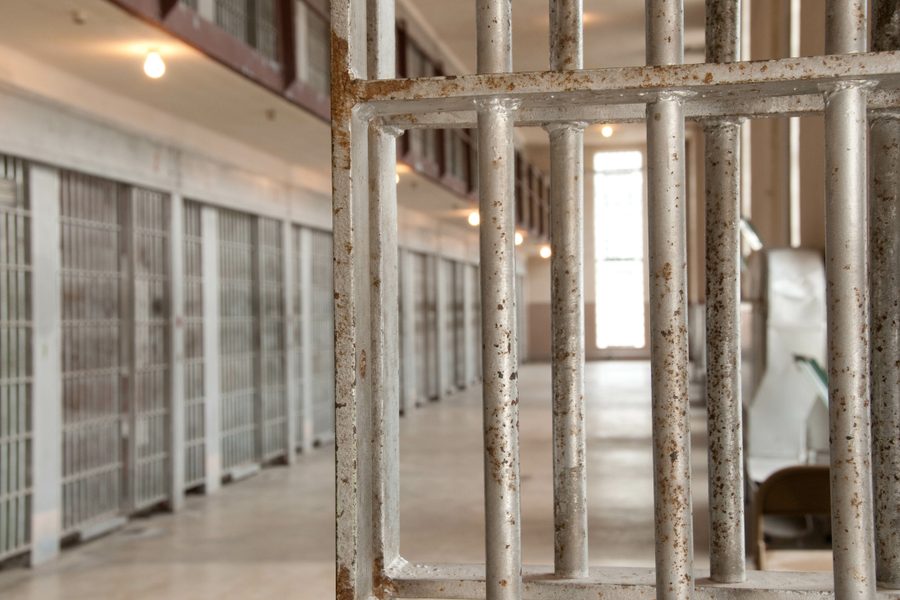
A growing number of prisons are rethinking solitary confinement, according to a front page story in the digital New York Times:
The transformation of the Mississippi prison has become a focal point for a growing number of states that are rethinking the use of long-term isolation and re-evaluating how many inmates really require it, how long they should be kept there and how best to move them out. Colorado, Illinois, Maine, Ohio and Washington State have been taking steps to reduce the number of prisoners in long-term isolation; others have plans to do so. On Friday, officials in California announced a plan for policy changes that could result in fewer prisoners being sent to the state’s three super-maximum-security units.
The efforts represent an about-face to an approach that began three decades ago, when corrections departments — responding to increasing problems with prison gangs, stiffer sentencing policies that led to overcrowding and the “get tough on crime” demands of legislators — began removing ever larger numbers of inmates from the general population. They placed them in special prisons designed to house inmates in long-term isolation or in other types of segregation. [NYT]
Solitary confinement was supposed to prevent violence, but there is overwhelming evidence that it does exactly the opposite.
Public opinion seems to be gradually souring on solitary confinement. Over the past several weeks, two important pieces of journalism have grappled with solitary: Susan Greene’s award-winning story and documentary “The Green Box” and Adam Gopnik’s powerful but flawed New Yorker essay.
Kudos to the Times for giving such prominent placement to their solitary skepticism story.




